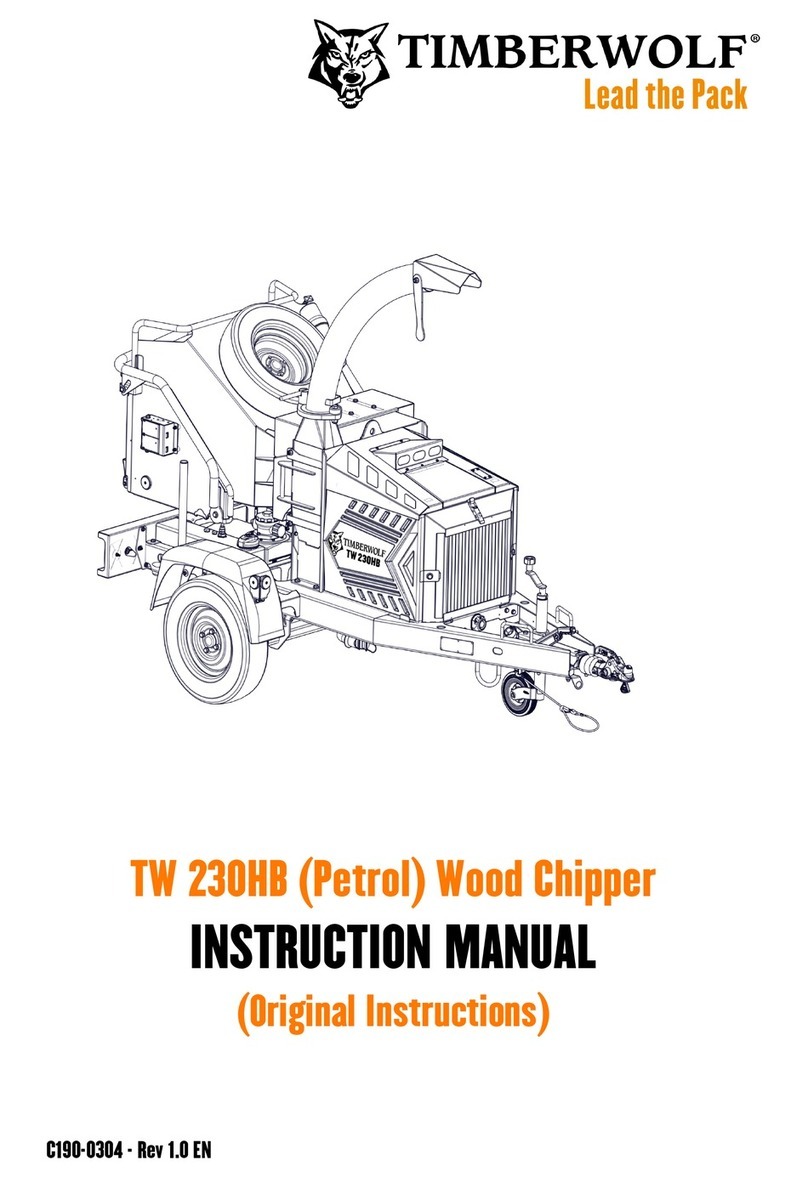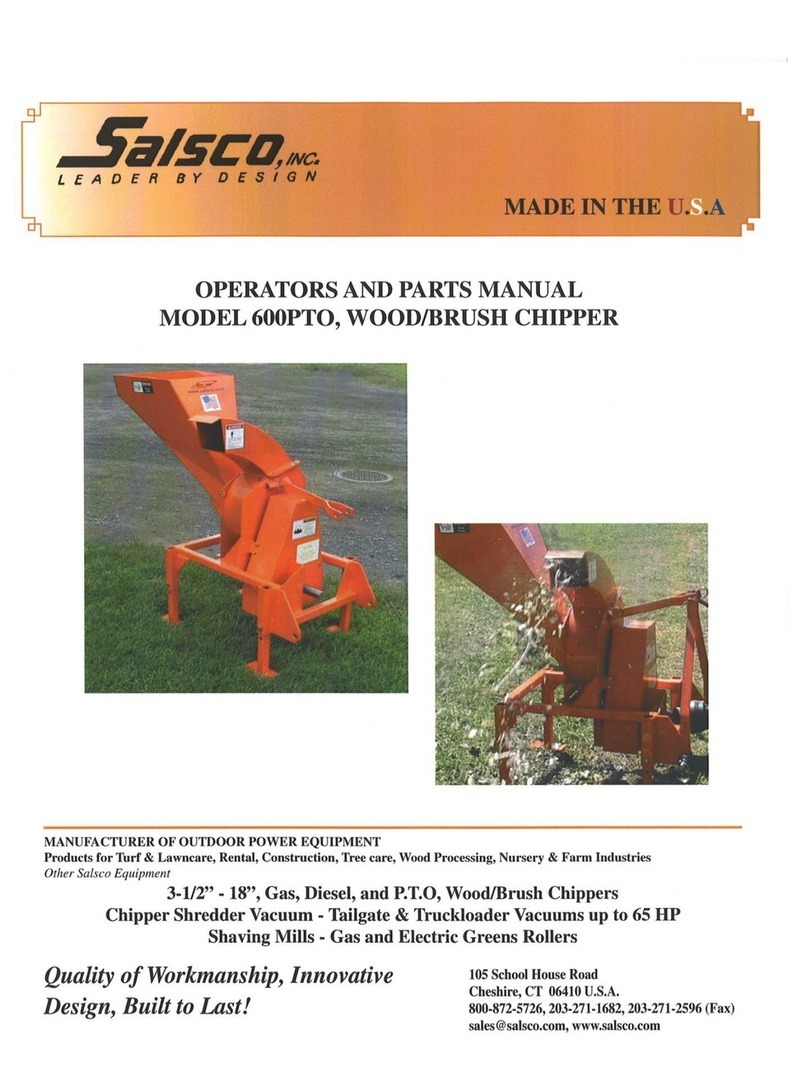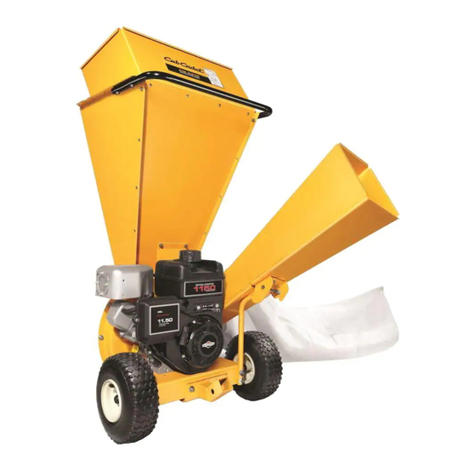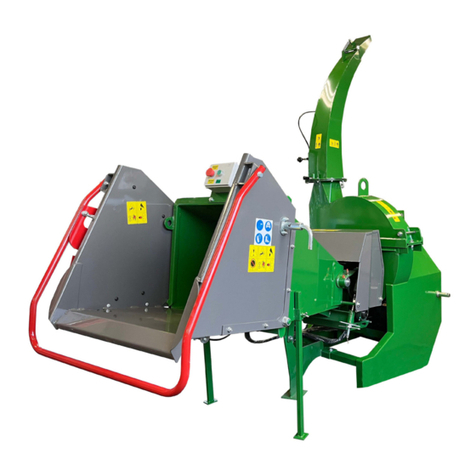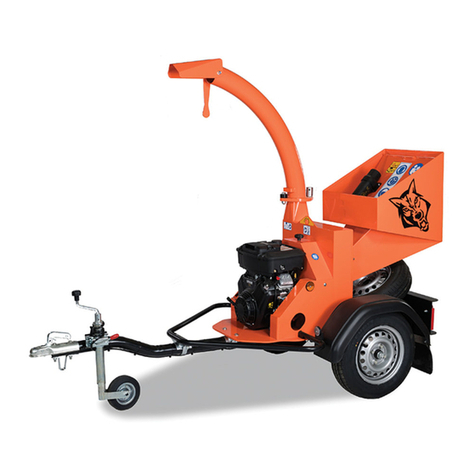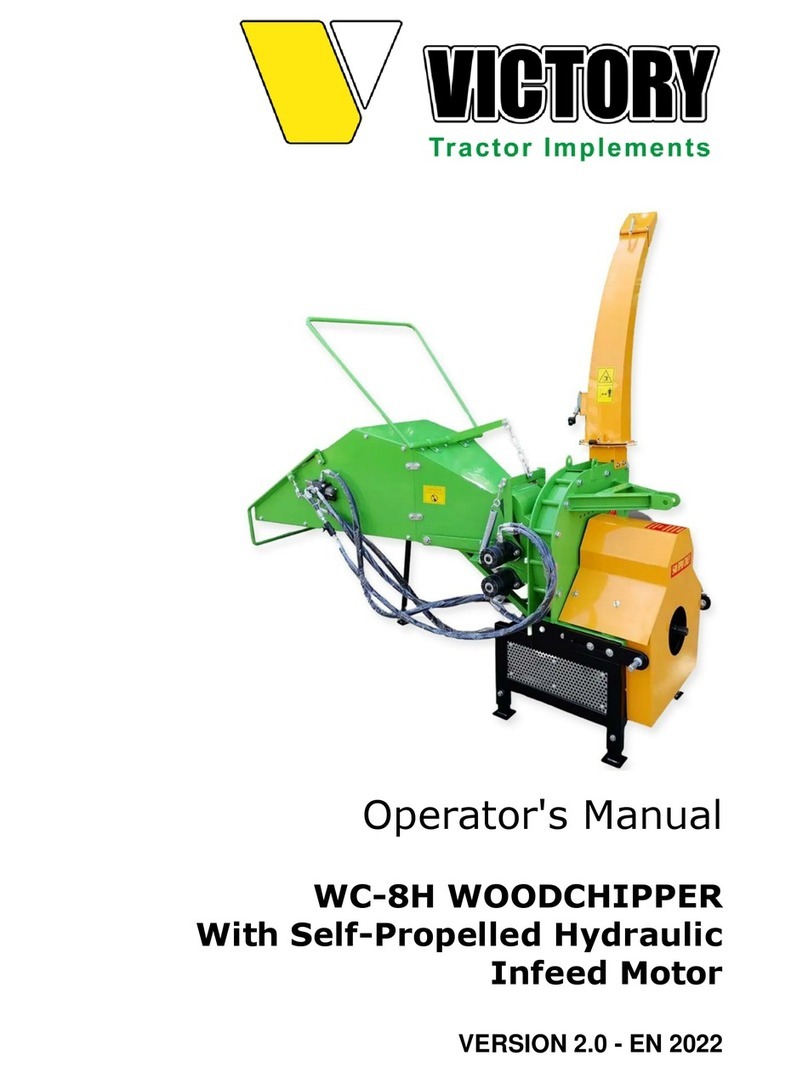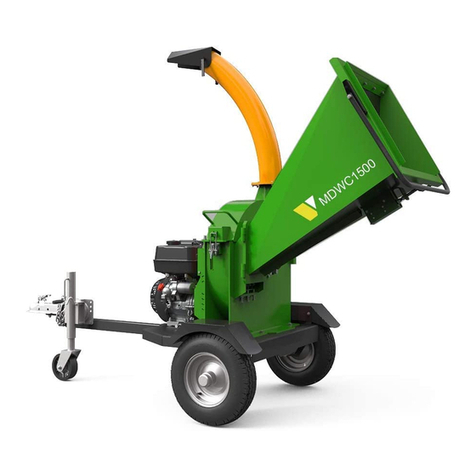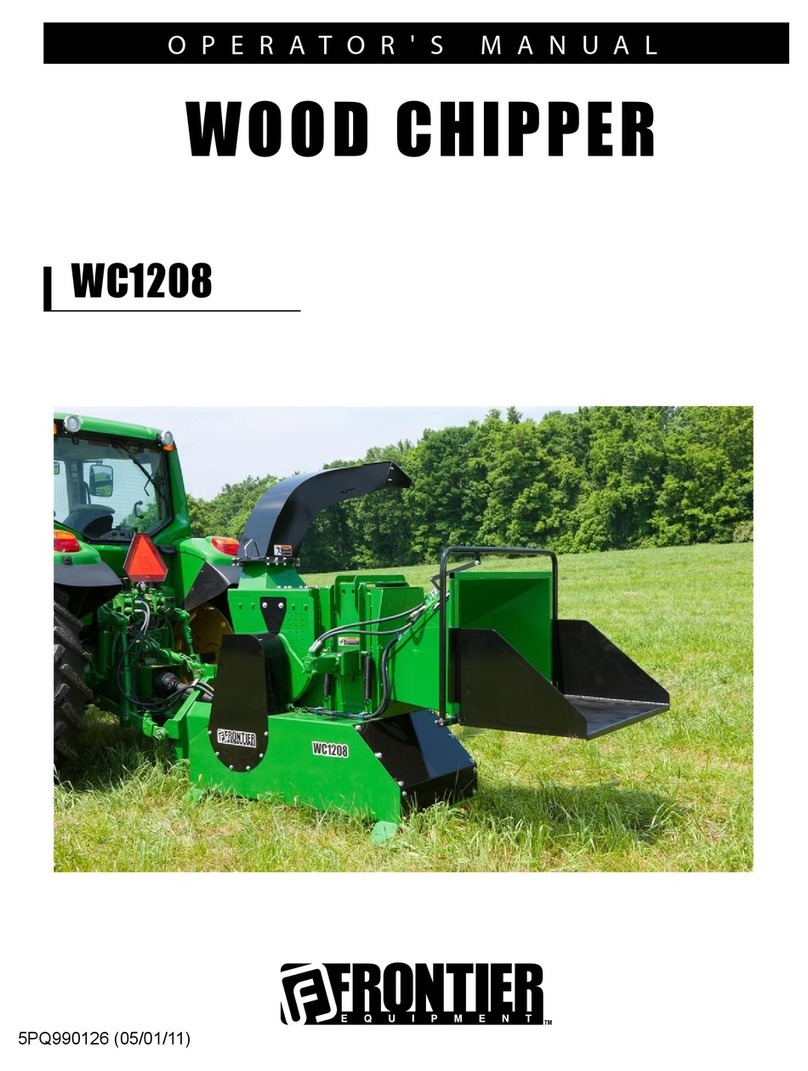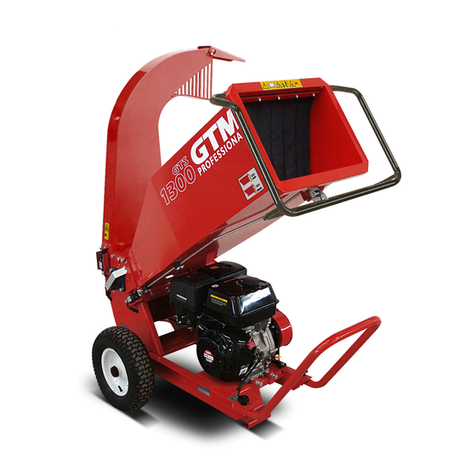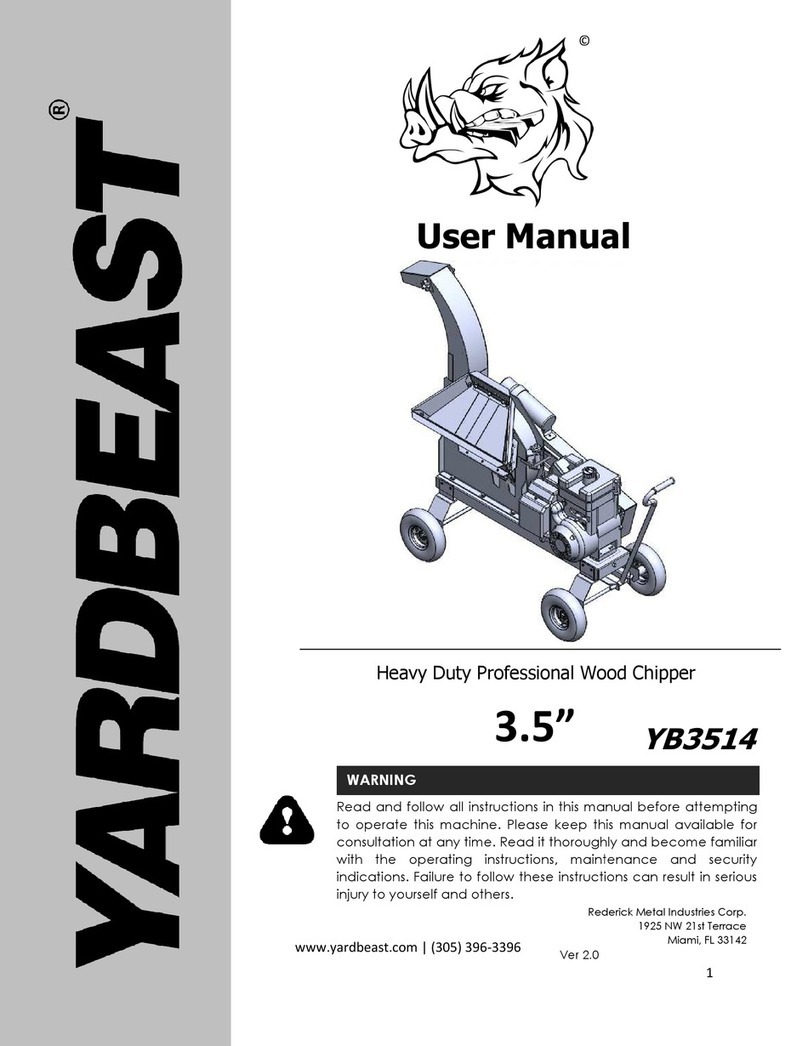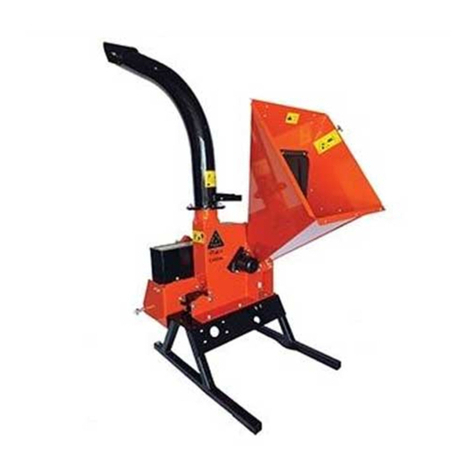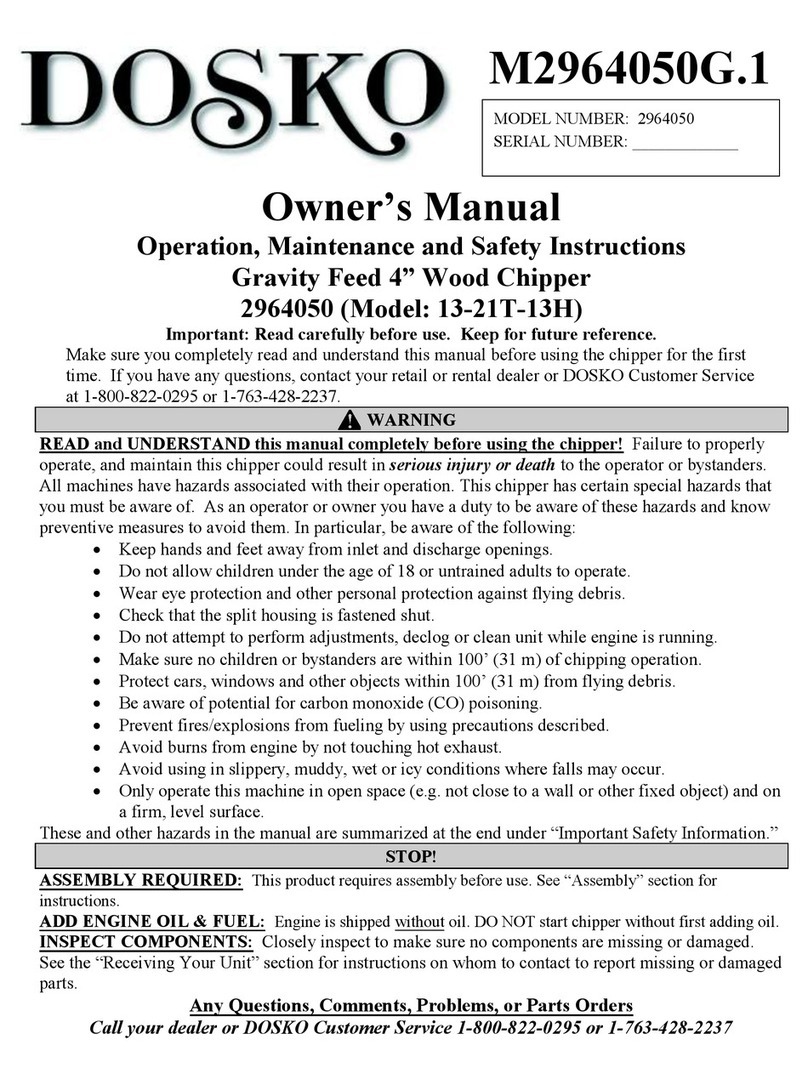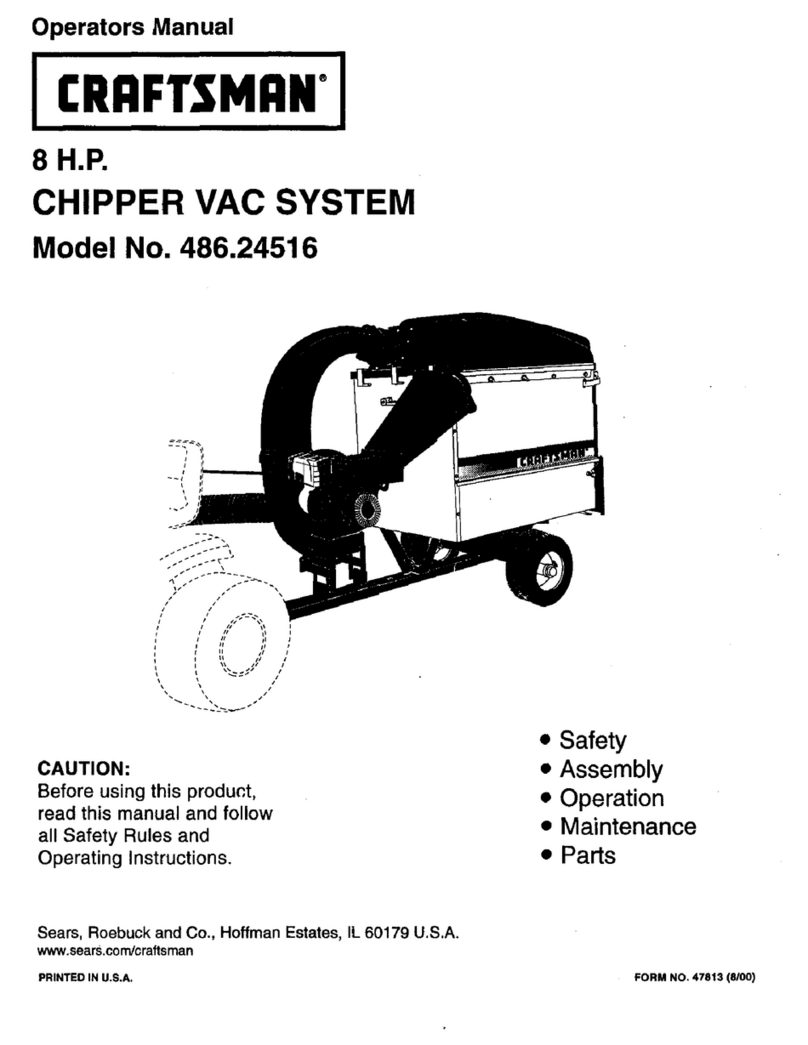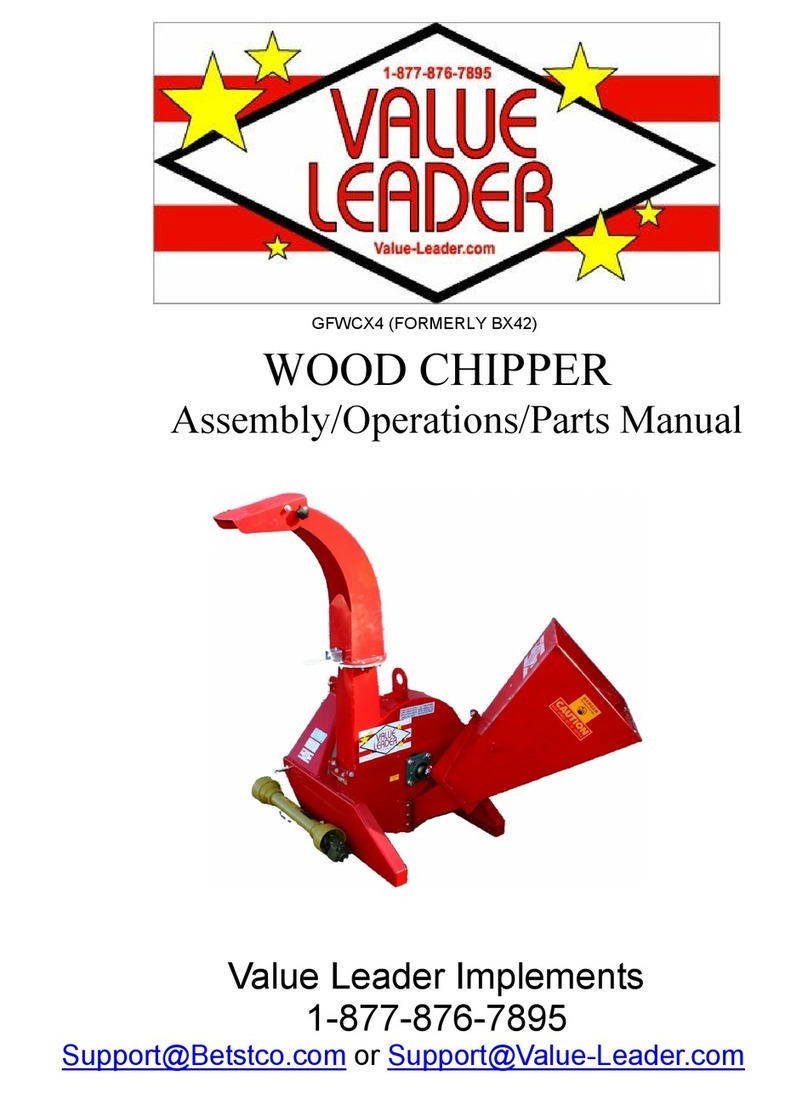
VICTORY TRACTOR IMPLEMENTS WARRANTY
Warranty
Victory Tractor Implements warrants to the original purchaser that this Victory product will be
free from defects in material and workmanship beginning on the date of purchase by the end-user
according to the following schedule when used as intended and under regular service and
conditions for personal use.
Overall Unit: Two years of Parts.
Knives (4 + 1): Considered wear items.
This Warranty is limited to replacing any defective part, and the installation by VTI of any such
replacement part does not cover common wear items. Victory reserves the right to inspect any
equipment or parts claimed to have been defective in material or workmanship.
This Warranty does not apply to any part or product that, in Victory’s judgment shall have been
misused or damaged by an accident or lack of regular maintenance or care or which has been
repaired or altered in a way that adversely affects its performance or reliability, or which has been
used for a purpose for which the product is not designed. Misuse also specifically includes failure
to properly maintain oil levels, grease points, and driveline shafts.
Claims under this Warranty should be made directly to Victory Tractor Implements, and all
warranty adjustments must be made through an authorized Victory dealer. Victory reserves the
right to change materials or product design at any time without notice.
This Warranty shall not be interpreted to render Victory liable for damages of any kind, direct,
consequential, or contingent to property. Furthermore, Victory shall not be responsible for
damages resulting from any cause beyond its reasonable control. This Warranty does not extend to
loss of crops, any expense or loss for labor, supplies, rental machinery, or for any other reason.
No other warranty of any kind whatsoever, expressed, or implied, is made with respect to this
sale, and all implied warranties of merchantability and fitness for a particular purpose that
exceed the obligations set forth in this written warranty are hereby disclaimed and excluded
from this sale.
This Warranty is not valid unless registered with Victory within 30 days from the date of purchase
by the end-user. Registration link: https://etractorimplements.com/register-product/
The seller's liability under warranty is limited to the repair of the product and/or replacement of
parts and is provided to the purchaser in lieu of all other remedies, including incidental and
consequential charges. There are no warranties, expressed or implied, other than those specified
herein.
